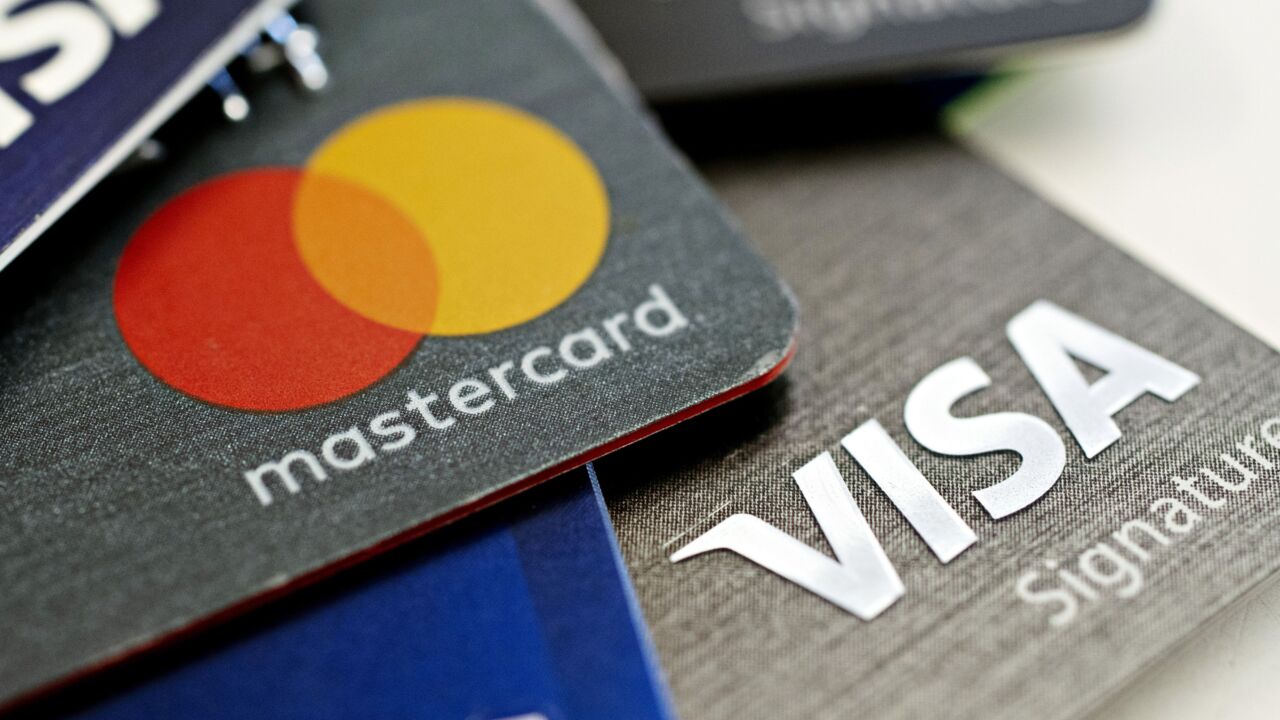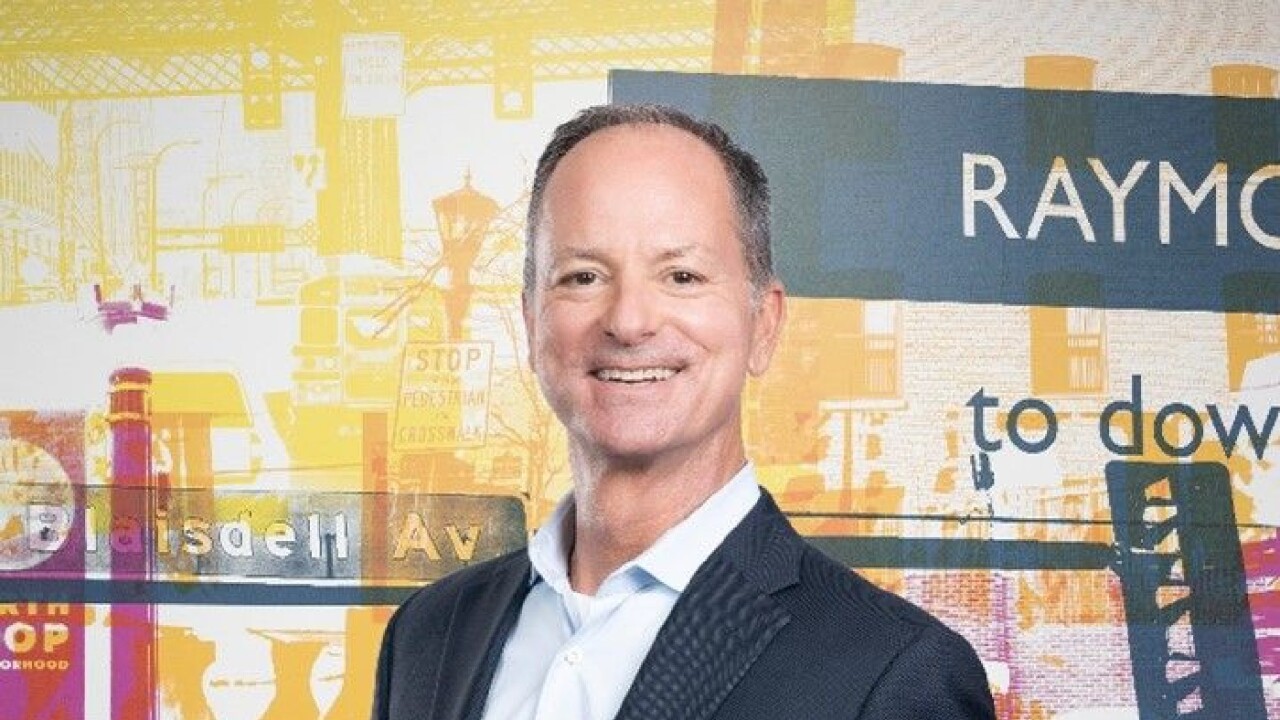Two collaborations in the past week show how office vendors are using automation to free health care patients and office staff from an overwhelmingly paper-heavy process of invoicing and payments.
Aila Technologies, a Boston company that serves medical offices, among other enterprise clients, has paired its iPad-based Kiosk system with Ingenico mobile technology to toss a rope from check-in and registration to transaction processing. And the medical practice automator DrChrono has integrated with Square to add payments to the DrChrono cloud-based office dashboard.
These partnerships are among the latest of many attempts to bring health care merchant acquiring into line with most other types of businesses, an automation gap that's costing the

Health care office automation is developing on a path parallel to — but a few years behind — other business categories, due largely to health care's complicated processing flows. Different patients pay different amounts for the same services, based on insurance coverage—and there are often followup charges, such as to a pharmacy for a prescription.
Handling all of those variables is a lot harder than selling clothing off of a website. Ingenico and Square can't eliminate the complexity of consumer-directed health care payments, intake forms and insurance confirmation, but they can provide a quick route to payments once the other information is collected.
"The claim is the precursor to" automation, said Michael Trilli, director of Aite Group's insurance practice, adding the uncertainty of the claim makes it hard to process health care payments quickly.
The new integrations such as Square and DrChrono are using the medical office workflow platforms to provide feedback as to what the consumer payment is likely to be before the claim is submitted. "This won't cut paper on the back end, but on the front end it's putting a level of rigor around the collections," Trilli said.
By linking payments to the same system that handles appointments, check-in and the other steps patients take when entering an office, these collaborations aim to remove more forms and thus make the entire process faster and more visible.
"Ingenico can add self-service payments to the back end, giving an option of EMV, NFC and the like," said Alex Goodwin, co-founder of Alia, which uses image capture to scan customer data that can include insurance, medical and payment information. "This frees up the person behind the desk to do other work and cuts down on errors."
In the case of DrChrono, the integration will allow Square's health care clients to connect accounts to DrChrono and accept payments while on the DrChrono app, which includes a dashboard view of patient billing, treatment and insurance information. (Square and DrChrono, which is based in Sunnyvale, Calif., did not return requests for comment by deadline.)
Technology companies
"Medical offices write off a large percentage of their revenue as uncollectible losses due largely to the fact that it’s hard to know patient responsibility versus insurance responsibility at the time of service," said Rick Oglesby, founder and president of AZ Payments Group. Much of their revenue is billed to the patient at a later date and much becomes uncollectible, he added. "To the extent that medical providers and their vendors can create a circular economy, they can obtain payment credentials to keep on file, simplifying future billing. Also, they increase the value of the services to patients, which reduces the likelihood that the patient will default."
What's different now is the advancement of NFC payments and self-service checkout in other industries, according to Goodwin.
"We are seeing variances of this in retail and grocery working already," Goodwin said. "And the nice part is there are other integrations possible on the pharmacy end, such as loyalty marketing."





